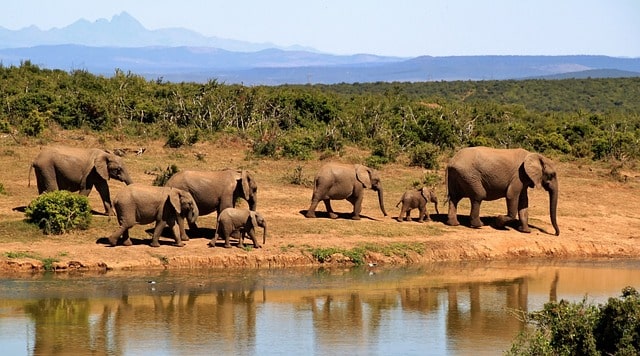
Six years after the Wildlife Institute of India( WII)counted jumbos, the census of elephants is being done by its five-member team in Palamau Tiger Reserve in Palamau and Dalna Wildlife Sanctuary near Jamshedpur in Jharkhand.
The elephant census is conducted every five years. This time, it is in the process of data collection one year late.
In 2017, a census was done and the number of elephants was counted in two separate ways. One, the direct counting method was based on sightings of elephants. Two, the indirect counting method used the elephant ‘dung decay’ formula, in which the analysis of dung was used to estimate the population of the elephant.
This time, DNA profiling of elephants was being done to count their number in Jharkhand by a team of WII officials. The process has taken forward in Palamau Tiger Reserve, it is learnt.
The dung will be collected for DNA profiling. In turn, it is expected to help understand the characteristics of a particular elephant such as height, age, health, and nutritional level.
According to 2017 headcounts, there were 555 elephants in Jharkhand. In the current phase of the census data collection process, cameras are being installed in the reserve forest to match results from DNA profiling.
The Palamau Tiger Reserve is spread over a 1,129.93 sq km area. Of this, 414.08 sq km is marked as a ‘core’ ( critical tiger habitat), and the remaining is the “ buffer” zone. The rest 53 sq km is open for tourists.
Inquiry revealed that reserve forest has been divided into 51 grids for DNA profiling of elephants, informs PTR Deputy Director P. Jena